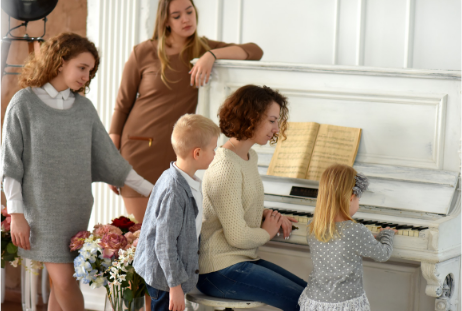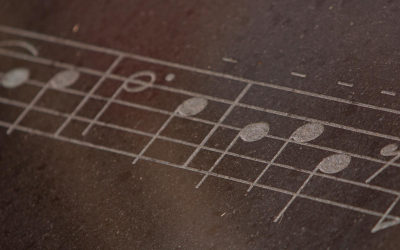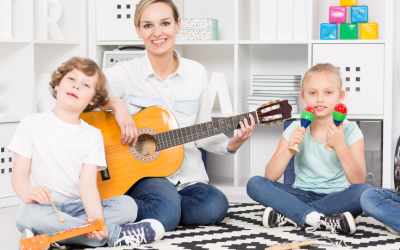facebooktwitterpinterestinstagramyoutubeYou know, long before I started teaching parents how to teach their kids to play the piano, I used to help out in my mother’s studio as well as my aunt’s piano studio as a teenager. There I used to teach kids of all ages on a...

3 ‘Must Know’ Methods To Teach Kids To Identify F2 And B3 On The Keyboard
3 ‘Must Know’ Methods To Teach Kids To Identify F2 And B3 On The Keyboard
See below for a Free Printable Pack to go with the post.
If you’ve taught your kids to read music notes and play the piano, you will know that the notes F2 and B3 are neither line nor space notes.
While both these notes are important notes to know, since they don’t fall into either category it is hard to know when to introduce kids to these notes.
In this post I will discuss three methods to introduce kids to the notes.
You can choose either one of the three methods.
Yes, I am partial to one of the methods over the other, but that doesn’t mean that my favourite method is better than the other two methods I have explained here.
So, please read through the post and decide, which method you would like to try when teaching your kids to read music notes and play the piano in your homeschool.
Don’t forget to download the music theory worksheet I have included to help reinforce the concept of F2 and B3 to your kids.
So, if you are ready, we can get started right now.
Method 1 – Stand Alone
Like its name, this method is ‘stand alone’, meaning you should teach both notes ‘Fearless F’ (F2) and ‘Bouncing B’ (B3) after teaching your child the Bass Clef Line and Space notes.
With this method you will:
– First show your child the flashcard for F2
– Explain that it is F2 and called ‘Fearless F’ because it hangs from the Bass Staff.
– Ask your child to show F2 on the keyboard.
– You will follow the same steps and introduce B3 as well.
Method 2 – Teach, when introducing Middle C
You can introduce both ‘Fearless F’ and ‘Bouncing B’ to your child, when teaching them Middle C.
With this method you will:
– First show Middle C and point to F2 and B3 in relation to Middle C. – Show flashcards and say F2 is called ‘Fearless F’ because the note hangs from the Bass Staff and B3 is called ‘Bouncing B’ because the note sits on the Bass Staff.
Method 3 – Introduce F2 with Bass Clef Line Notes and B3 with Bass Clef Space Notes
This is by far my favourite method. However, please remember that methods 1 and 2 are equally good.
With this method you will:
– Teach the Bass Clef line notes and introduce them to F2, by showing them the flashcard, telling them that it is called ‘Fearless F’ because it hangs from the Bass Staff and then show them the note on the keyboard.
– Teach the Bass Clef space notes and introduce them to B3, by showing them the flashcard, telling them that it is called ‘Bouncing B’ because it sits on the Bass Staff and then showing them the note on the keyboard.
Would you like to implement Method 2 but still haven’t introduced your kids to Middle C? Then read my post 3 Absolutely Important Facts To Know About Middle C.
Want to use Method 3? In that case, you will have to first read and implement 5 ‘Shockingly Easy’ Steps To Teach Bass Clef Line Notes, and 5 ‘Ridiculously Simple’ Steps To Teach Bass Clef Space Notes.
Either way don’t forget to download the music theory worksheet I have made available with this post.
What is your favourite method?
Comment below and let me know.

Karen Cadera
Founder/Creator
Mom, Teacher, Minimalist, Zero Waste Enthusiast, Multi Pod.
My daughter loved the games, but there were also worksheets and videos. The weekly lesson plans were complete, and I never questioned what I should be doing next.
Download the FREE Music Theory Worksheet
Articles That Maybe Of Interest To You
6 ‘No Fail’ Strategies To Increase your Child’s Success Rate When Taking Offline Music Classes
5 ‘Ultra Cool’ Games To Play Once Your Child Has Learned His/Her Way Around The Keyboard
facebooktwitterpinterestinstagramyoutubeSee below for a Free Printable Pack to go with the post.Once your child is able to name all the notes on the keyboard, it is imperative to play games in order to reinforce the learning and also to ensure quick recall and build...
Help! I’m Overwhelmed – 7 ‘Tightly Held’ Secrets Of Well Organized Homeschool Moms
facebooktwitterpinterestinstagramyoutubeSee below for a Free Printable Pack to go with the post.Are you just like me? In the past I used to follow tons of homeschool bloggers and downloaded hundreds of printables, purchased over two dozen courses for my kids and was...












